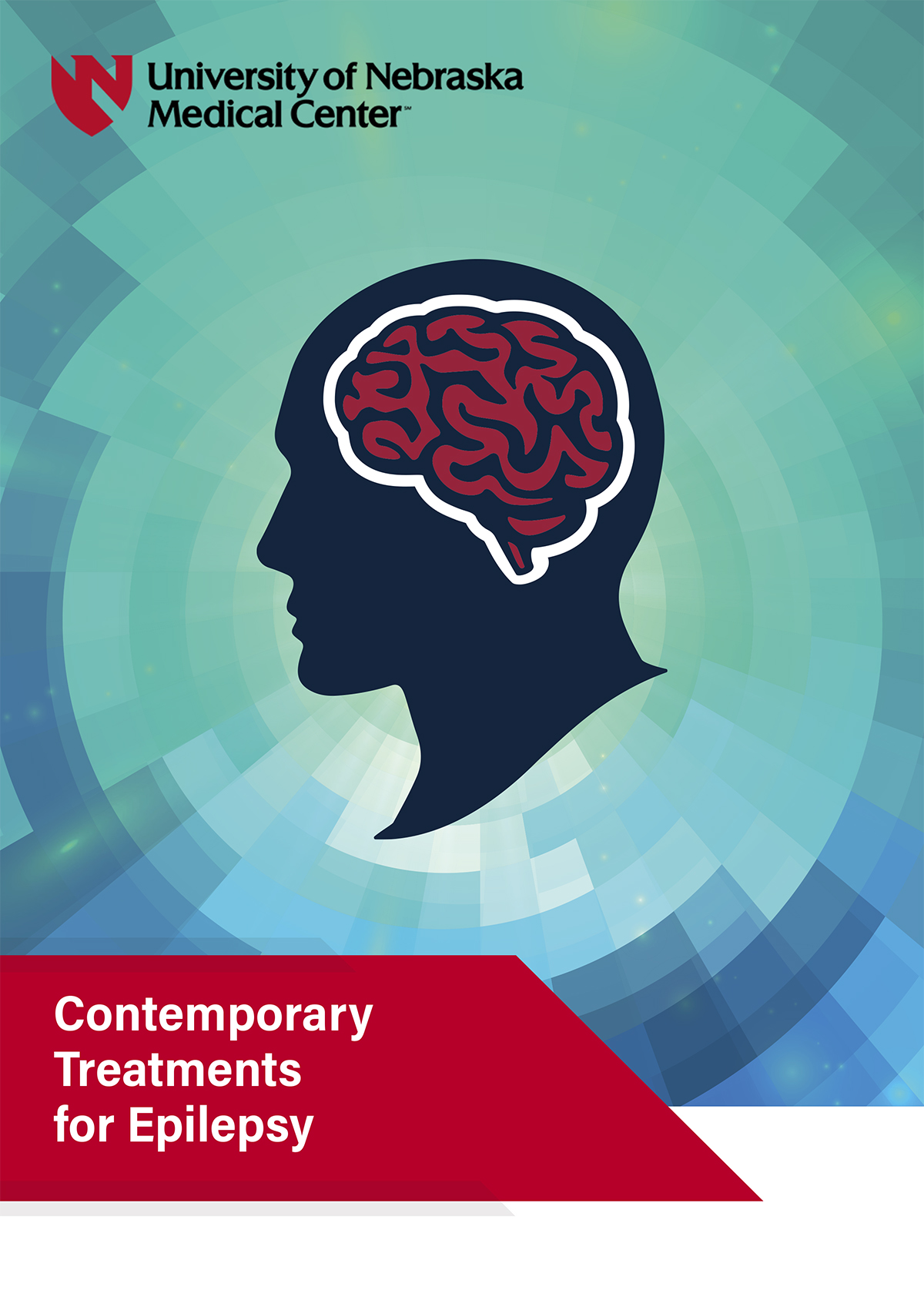Dr Arun Swaminathan, Assistant Professor of Neurology and Epilepsy at the University of Nebraska, explains the contemporary power of neurostimulation in treating epilepsy
In an exclusive interview with Open Access Government, Dr Swaminathan describes the possibilities currently available for the treatment of epilepsy.
Epilepsy impacts roughly 50 to 60 million people globally, with a higher level of cases in Global South countries – which are currently suffering from a lack of COVID-19 vaccination. The management of epilepsy involves a complex mix of seizure control, adjustment of medications, management of side effects, surgical evaluation and social and legal adjustments by the treating physician.
Some of these elements can tragically remain absent, especially where healthcare access is difficult.
In this interview, Dr Swaminathan also highlights the issue of socioeconomic hardship. He said: “Many patients with epilepsy are unable to work or drive and caring for them poses difficulties to their family as far as financial and social support is concerned. We often work with patients and their families to offer them resources in addition to their medical treatment to ensure that a support system is in place to help them in any way necessary.”
Worldwide estimates suggest that 10.1 million patients with epilepsy may be surgical treatment candidates, and 1.4 million new surgically treatable epilepsy cases arise annually. This means that a significant amount of people whose problems could be solved by surgery remain in the tricky status of management.
Apart from surgery, what other kind of treatment exists?
According to Dr Swaminathan: “Neuromodulation has exploded as a field of treatment and research in the last few years and represents the next major intervention to offer our patients for seizure control.”
Neuromodulation is currently a viable way to treat epilepsy. In this interview, Dr Swaminathan dives into how it works, how to access this kind of treatment and why he begun with this work in the first place.
To find out more about the contemporary use of neuromodulation on epilepsy, read more here.


